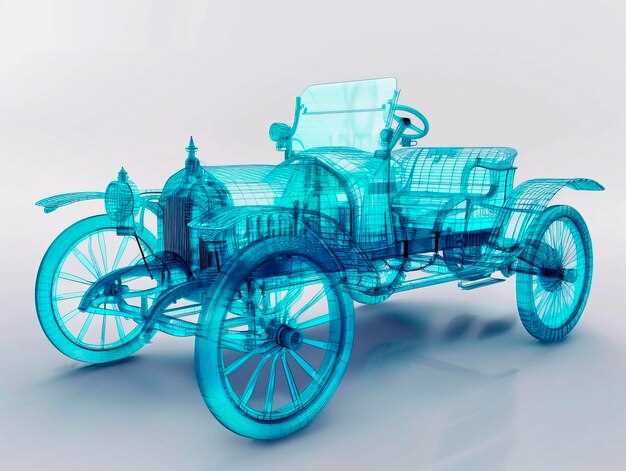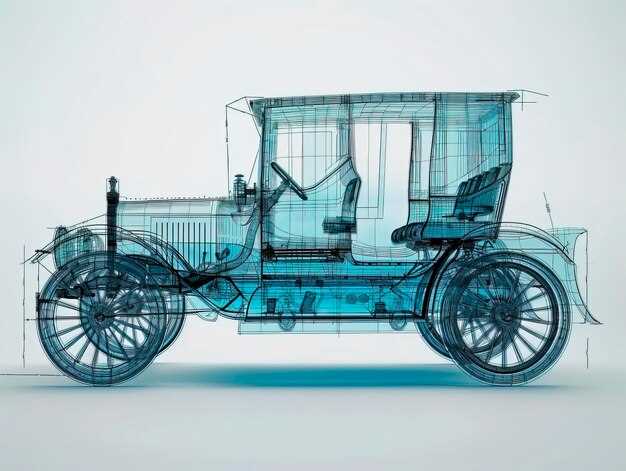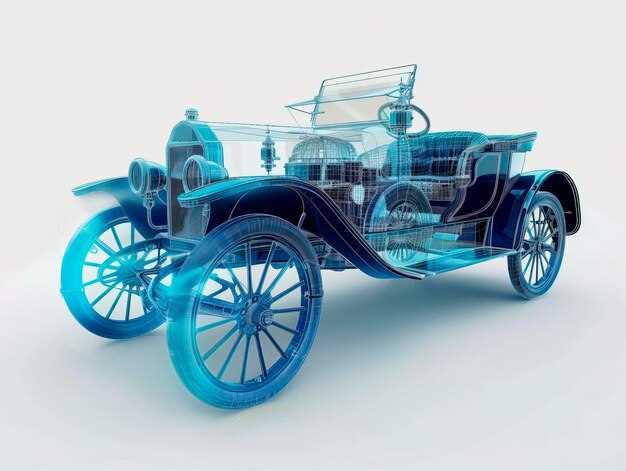
The automotive industry has always been at the forefront of innovation, and concept cars play a crucial role in this dynamic landscape. These vehicles serve as a canvas for designers and engineers, allowing them to explore new ideas and technologies that can ultimately reshape the driving experience. By pushing the boundaries of creativity, concept cars have had a significant impact on market trends and consumer expectations.
Throughout history, several concept cars have emerged as transformative forces within the industry. These pioneering designs not only inspire future production models but also reflect the cultural and technological advancements of their time. From revolutionary aerodynamics to sustainable energy solutions, the evolution of concept cars illustrates how visionary ideas can lead to monumental changes in automotive design.
As we delve into the world of influential concept cars, we will explore their lasting impact on the industry and how they have paved the way for future innovations. The intersection of art and engineering in these vehicles underscores the importance of creativity in shaping the future of mobility.
How the 1980s BMW Z1 Redefined Sports Car Aesthetics

The BMW Z1, launched in the late 1980s, marked a significant turning point in the automotive industry, particularly in the realm of sports cars. This innovative vehicle not only showcased cutting-edge design but also introduced features that would later inspire future car models. The most striking aspect of the Z1 was its unique construction, including innovative plastic body panels that allowed for a lighter and more adaptable design.
One of the Z1’s most notable impacts was its distinctive retractable doors, which slid down into the body of the car. This bold design choice not only enhanced the vehicle’s aesthetics but also provided an open-air driving experience previously uncommon in the segment. Such a feature paved the way for other manufacturers to explore unconventional door designs, further enriching sports car aesthetics.
The Z1 also redefined proportions and styling in sports cars. Its low stance, exaggerated wheel arches, and minimalistic front end contributed to an aggressive yet elegant appearance. The car’s streamlined silhouette emphasized performance, appealing to enthusiasts who craved both speed and sophistication. This aesthetic influence can be seen in many modern sports cars, which continue to borrow from the Z1’s groundbreaking design language.
Furthermore, the BMW Z1’s approach to materials and sustainability was ahead of its time. By utilizing plastic panels, BMW not only reduced weight but also contributed to lower manufacturing costs. This focus on innovation encouraged other automakers to reassess their choices in materials, leading to a broader industry trend toward lightweight construction in performance vehicles.
In summary, the 1980s BMW Z1’s impact on sports car aesthetics was profound. Its revolutionary design elements, unique features, and forward-thinking materials set a new benchmark in the automotive world, influencing the direction of car design for years to come. This iconic model will always be remembered for its role in shaping the visual and functional language of sports cars.
The Role of the 1990s Chevrolet Volt in Advancing Electric Vehicle Technology
The 1990s Chevrolet Volt represents a pivotal moment in the quest for sustainable transportation solutions. Although the Volt was officially introduced in the late 2000s, its conceptual origins trace back to discussions and early innovations from the 1990s. During this era, the automotive industry faced increasing pressure to address environmental concerns and reduce dependency on fossil fuels.
The impact of the Chevrolet Volt concept was significant, serving as a catalyst for further advancements in electric vehicle (EV) technology. By focusing on the integration of electric drive systems with gasoline engines, the Volt introduced the idea of the plug-in hybrid, showcasing the potential for longer-range travel while maintaining the benefits of electric propulsion. This dual approach inspired automotive manufacturers to explore innovative configurations that would appeal to a broader consumer base.
Impact of 2000s Toyota iRoad on Urban Mobility Solutions

The Toyota iRoad, introduced in the 2000s, marked a significant advancement in urban mobility solutions. This compact, three-wheeled electric vehicle embodies a shift towards sustainable transportation in densely populated areas. As urbanization escalates, traditional cars have demonstrated limitations in terms of space, emissions, and efficiency. The iRoad aimed to address these challenges by providing a smaller footprint while maintaining functionality.
One of the key impacts of the iRoad on the automotive industry is its focus on eco-friendliness. By utilizing electric power, it aligns with global trends towards reducing greenhouse gas emissions. This shift not only influences consumer preferences but also prompts manufacturers to reconsider their vehicle line-ups, integrating more electric and hybrid options to cater to environmentally conscious buyers.
Moreover, the iRoad represents a conceptual leap in vehicle design and practicality. Its unique architecture and design concepts have inspired other manufacturers to explore alternative formats for urban transportation. The iRoad’s ability to navigate through congested city streets and easily find parking highlights its potential in solving urban mobility issues, encouraging city planners to rethink traffic and vehicle regulations.
In summary, the impact of the 2000s Toyota iRoad on urban mobility solutions is multifaceted, influencing both consumer behavior and the automotive industry’s direction. It illustrates how innovative vehicle design can respond to contemporary urban challenges and sets a precedent for future mobility solutions focused on sustainability and efficiency.



